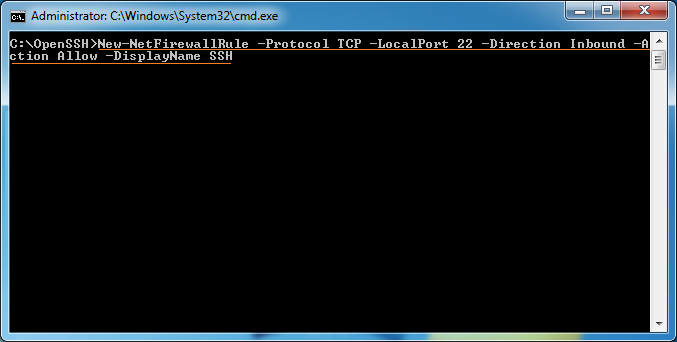

Let’s keep these credentials handy, they might be useful later. Login in with these credentials doesn’t give us much however, as the page behind it is under construction.
Openssh 7.6p1 exploit password#
Inspecting this file gives away the username ( ash) and password ( to login: The source of the login form page is loading a custom Javascript file.
Openssh 7.6p1 exploit full#
Service Info: OS: Linux CPE: cpe:/o:linux:linux_kernelĪ further scan of the full range of TCP ports doesn’t indicate anything else running, so our main chance of gaining entry is likely via whatever is running on the web server. Nmap scan report for cache.htb (10.10.10.188)Ģ2/tcp open ssh OpenSSH 7.6p1 Ubuntu 4ubuntu0.3 (Ubuntu Linux protocol 2.0)Ĩ0/tcp open http Apache httpd 2.4.29 ((Ubuntu)) As a result, a good first step to avoid wasting time is to add an entry in the /etc/hosts file to have this hostname setup from your attacking machine: 10.10.10.188 cache.htbĪ quick scan with nmap indicates the machine is running Ubuntu, can be accessed to SSH and is running an Apache webserver. In addition to only the IP address, Hack The Box machines sometimes have hostname specific functionality, meaning that something might not immediately be obvious if only using the IP address. Read more in Hack The Box Acceptable Use Policy The techniques used on these simulated targets should only be applied to applications and systems for which you have been given explicit permission and scope to test. Hack The Box is an isolated Penetration Test lab, used for educational purposes in Cyber Security. Here is a step-by-step guide to root one of the recently retired machines: Cache. Every target is usually a rollercoaster of both frustration and excitement, definitely pushing the Try harder philosophy.

Since completing OSCP in November 2019, I have been refining my penetration testing skills on Hack The Box, a Penetration Testing lab.


 0 kommentar(er)
0 kommentar(er)
